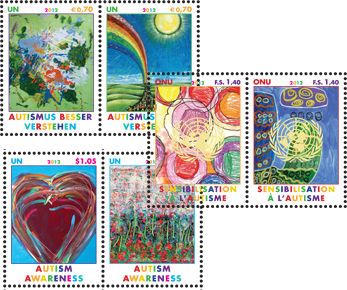The closer women live to areas of heavy agricultural pesticide use during pregnancy, the more likely that their children will have autism spectrum disorders, according to a study in Environmental Health Perspectives. The University of California researchers stated that this is the third study to find strong links between autism and proximity exposures to agricultural pesticides, particularly organophosphates, during pregnancy. The research was part of the population-based, case control Childhood Autism Risks from Genetics and Environment (CHARGE) study and involved 970 children. Commercial pesticide application data was mapped in relation to the mothers’ residential addresses during pregnancy, and the children were tested for Autism Spectrum Disorders (ASD) and developmental disabilities. “Approximately one-third of CHARGE study mothers lived, during pregnancy, within 1.5 km (just under 1 mile) of an agricultural pesticide application,” wrote the researchers. “Proximity to organophosphates at some point during gestation was associated with a 60% increased risk for ASD.” The figures were even higher for third-trimester exposures and second-trimester chlorpyrifos applications.
“Applications of two of the most common agricultural pesticides (organophosphates and pyrethroids) nearby the home may increase the prevalence of ASD,” the researchers wrote. “These findings support the results of two previous studies linking ASD to gestational agricultural pesticide exposure.”
The study “strengthens the evidence linking neurodevelopmental disorders with gestational pesticide exposures, particularly organophosphates, and provides novel results of ASD and [developmental disability] associations with, respectively, pyrethroids and carbamates,” concluded the researchers.
An accompanying editorial discusses some of the limitations of the study, but adds that it was compelling and “provides new directions for exploration.” The director of the Division of Environmental Health at Mount Sinai School of Medicine, who was not involved in the research, is then quoted commenting on the study: “Until about five years ago, virtually all research on autism assumed that the disease was entirely genetic in origin, and that environmental exposures did not play a role. Rising rates of autism and failure to find genetic causes despite a multitude of very large genetic studies has led to a major shift in focus in the field… These chemicals are a solid lead that needs to be followed.”
References:
Neurodevelopmental Disorders and Prenatal Residential Proximity to Agricultural Pesticides: The CHARGE Study (Shelton, Janie F. et al. Environmental Health Perspectives. October 2014. DOI:10.1289/ehp.1307044)
Pesticides and Autism Spectrum Disorders: New Findings from the CHARGE Study (Holzman, David C. Environmental Health Perspectives. October 2014. DOI:10.1289/ehp.122-A280)
Source: Mad in America, October 14th, 2014
http://www.madinamerica.com/2014/10/third-study-links-pesticide-exposur…
This entry was posted in Autism, Causation Theories, Environmental, Featured News, In the News by Rob Wipond.

- Login om te reageren
